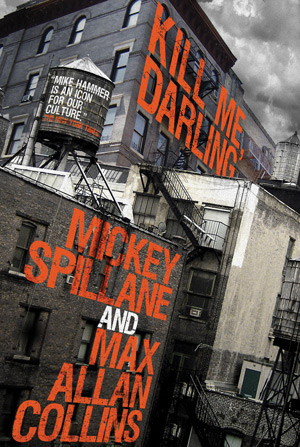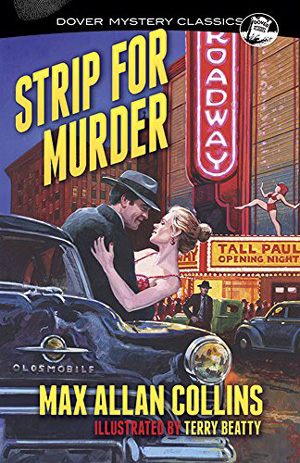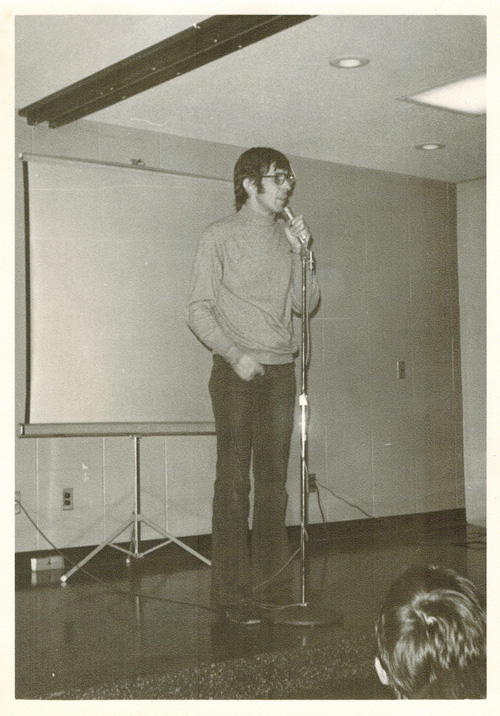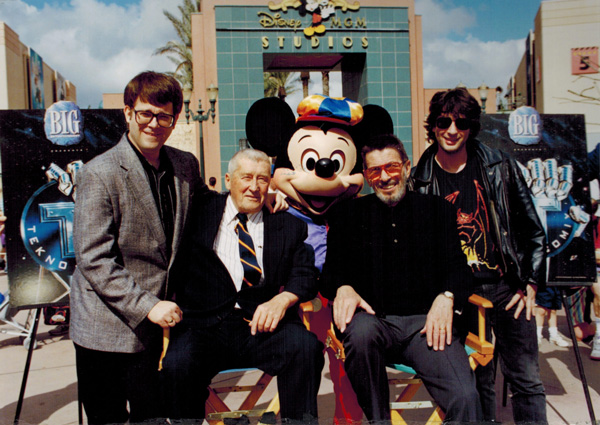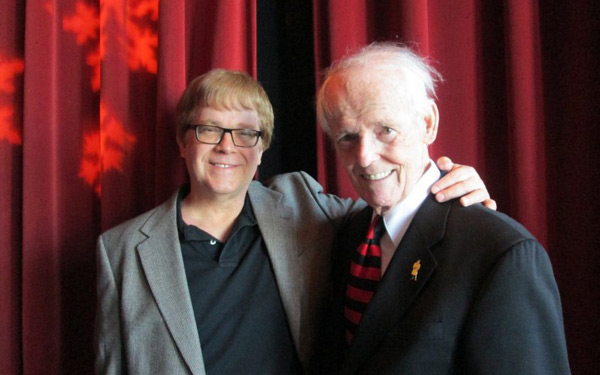The day this update appears, so will KILL ME, DARLING on the shelves of B & N, BAM! and other brick-and-mortar bastions of bookselling, and of course the on-line forces of Amazon and others will have it available, too.
The response so far has been really gratifying, since this is the first of at least three Hammer novels that will have me fashioning a novel from shorter novel fragments that Mickey Spillane left behind. The previous six novels have all had around 100 pages for me to deal with, and sometimes notes and even roughed-out endings. This time I had around 50 pages, including the first chapter from a completely other tale but similar enough that I could rework it for this one (an earlier take on THE GIRL HUNTERS, with Velda disappearing off to Florida, not Russia) without repeating the first five or six pages that were identical in both manuscripts.
So I was nervous that this one might be perceived differently than the ones that were more heavily Mickey. Thus far, that’s not been the case.
Since this is pub day, I am going to share with you here (rather than just provide a link to) the terrific Bookgasm review of KILL ME, DARLING. Here goes:
As he explains in his brief introduction, Collins noted that Spillane envisioned the novel as a follow-up to KISS ME, DEADLY (1952). So Collins revised the opening chapter and placed the entire narrative in the 1953-54 time frame. And, as has been the case with previous collaborations, Collins does the Mike Hammer creator proud.
It’s been a tough time for PI Mike Hammer. As the novel opens his secretary and true love of his life, Velda, has walked out on him, leaving a note with a terse goodbye and no further explanation. And Hammer is just surfacing from a four-month bender. Then a highly respected old cop from the NYPD Vice Squad turns up murdered. Hammer visits the scene of the murder, but before long is picked up by a squad car and taken to the home of his pal, Captain Pat Chambers.
Chambers tells Hammer that Velda has been seen in Miami, Florida, and reportedly is the moll of gangster and suspected drug runner Nolly Quinn. What’s more, Chambers suspects that Velda’s disappearance is connected with the murdered cop – especially since Velda once worked undercover for the cop before she was introduced to Hammer. Hammer sobers up as quickly as he can and drives to Miami to find Velda and bring her home.
Once in Miami Hammer enlists the help of a veteran local newspaperman and a police detective to get information on Nolly Quinn. But the more Hammer learns about Quinn and his Miami operation, the more he fears that whatever Velda is involved in is way over her head and could cost her life.
The dust jacket promotes the novel as “The Lost Mike Hammer Miami Thriller,” and at first the thought of Hammer, the archetype of the urban tough guy, in the land of sun and beaches seems horribly out of place. But Spillane and Collins know that when the sun sets the streets of Miami can be as mean as any in New York. So it doesn’t take long for Hammer to get tangled up with the criminal bosses running the gambling and whorehouses that keep tourists busy after dark.
Collins’s contributions, although mostly seamless, can be felt mainly in his research of the historical time frame of the novel’s setting. So he takes full advantage of the knowledge of Miami’s reputation as the place where even underworld bosses brought their families on vacation, the tempting strategic location of Cuba for moving contraband, and most notably the specter of the Kefauver Committee senate hearings on organized crime that hang over Miami like a veiled mist.
But make no mistake; this is a Mike Hammer story, so it’s filled with bullets shot from speeding cars, brutal hand-to-hand fights, plot twists and sudden revelations right up to the novels’ final pages, plus plenty of hard-boiled observations and dialogue. Even the attitudes about sex and sexuality are firmly and bluntly within the period. And while Hammer carries a devoted torch for his beloved Velda, he finds the lure of the scantly clad Miami women hard to resist.
Spillane popularized those characteristics we now know as “pulp fiction,” and set the stage for most of the impulsive, tough-talking detectives that followed Mike Hammer in print, movies, and TV. So it’s reassuring to know that his spirit and influence are in the ultra-capable hands of Collins.
KILL ME, DARLING will delight new and long-time Spillane fans, and effectively whets our apatite for the forthcoming collaborations Collins has in the pipeline. —Alan Cranis
A review like that is gratifying any time, but in this case it feels extra sweet.
Also, I’d like to announce that Dover Books is bringing out nifty new editions of the first two Jack and Maggie Starr mysteries, leading with the second one, STRIP FOR MURDER. The first, A KILLING IN COMICS, will follow soon. The covers are not by Terry Beatty this time, but all his wonderful interior art remains. Thanks, Terry!
This past week, the second Reeder and Rogers political thriller, FATE OF THE UNION, went off to my editor at Thomas & Mercer. Matt Clemens worked on it with me and will receive a cover credit. Matt’s story treatment, developed from our co-plotting, gave me a very solid structure to base the novel on, and we were joined-at-the-hip during the writing of my draft. We both think it’s superior to the first novel (which we – and several hundred thousand readers – also like). No pub date yet.
Very soon the QUARRY TV series for Cinemax starts shooting in New Orleans. Barb and I will probably go to the set in April or early May. My episode is now #6 of eight.
This coming week I will be working on the pilot outline for another potential series based on one of my series. More than that I dare not say.
I am writing this in a St. Louis hotel room (at the Moonrise in the Loop), on a visit to son Nate and his bride Abby, who have moved from a West End apartment to suburban O’Fallon, so that Abby has a shorter work commute. Very cute house where we helped the couple set up Nate’s work desk and a dining room table, both of which we magically got into the back of our Chevy Equinox for delivery. Wonderful seeing them, and our granddog Toaster as well. Nate is working on a video game translation currently. Together we watched several episodes of my favorite new series, THE JACK AND TRIUMPH SHOW.
Top-notch crime writer Mike Dennis also has nice things to say about KILL ME, DARLING – and Mr. Dennis knows his Mike Hammer.
And here’s a very generous appraisal of my career, focusing on the Nathan Heller short story collections, CHICAGO LIGHTNING and TRIPLE PLAY.
M.A.C.
